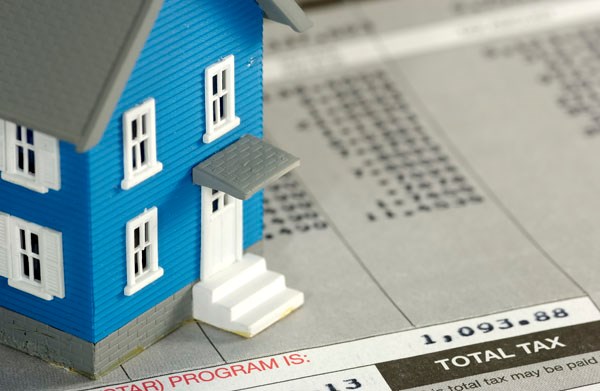The District of Squamish needs to beef up its business and residential growth to curb unsustainable property tax increases, warns a local resident.
On Monday (April 8), council came under attack as residents criticized the municipality's proposed tax increases. Officials are considering passing the 2013 budget, which is accompanied by an 12.2 per cent property tax hike on the average Squamish residential dwelling. Light industry faces a 16.8 per cent increase and commercial business is facing a 15.4 per cent property tax bump.
The figures are simply not sustainable, 2011 council candidate Jeff Cooke said. Such jumps will push businesses and residents out of town, he warned council.
The district needs a plan to ensure it will cut taxpayers' burden, Cooke said. Municipal officials should incorporate expected community growth into its budget process, he said, adding that district staff could set business and industrial growth targets to help pare down property taxes, Cooke said.
We can't sustain economic growth by pulling out of people's pockets, he said. This whole cycle is going to continue until we turn this around.
That's a difficult figure to factor in, said Christine Matthews, the district's manager of financial planning. Officials do factor revenue and expense projections into future years of the financial plan, assuming a certain level of growth, she told The Chief.
The district is putting aside money for anticipated infrastructure needs to meet population growth projections, district CEO Corien Speaker said. That type of information is considered when compiling the annual report, she noted.
The last time the district had low tax rates, it also had a larger heavy industrial component, Coun. Ron Sander said. Currently the only business under that classification is Squamish Terminals, which also enjoys a legislated cap on taxation.
The proposed liquefied natural gas (LNG) facility at the former Woodfibre site may help turn things around, Sander noted. The development of the Squamish Oceanfront, which is currently on the market, could also aid in lowering residents' tax burden, he said.
Unfortunately we are really at the mercy of the market. We can encourage them [developers], we can help them and we are doing that, Sander said.
Former mayoral candidate Auli Parviainen questioned whether there was risk management in place for the Squamish Oceanfront should it fail. She also asked for the municipality's debt load figure.
The district's balance of debt is approximately $21.8 million before consolidation of municipal corporations, said Joanne Greenlees, the district's manager of financial services. The Squamish Oceanfront Development Corp. has a debt of approximately $9 million, she noted. An additional $3 million will be added to the debt load from the 2012 capital program, Matthews told The Chief.
To date, the Oceanfront's debt has not affected the municipal budget, Coun. Doug Race said. The idea behind the project is to cover its expenses with the value of the land, he said.
It's not expected to impact the municipality, Race reiterated.
The district could save money if it looked at collaborating with other Sea to Sky Corridor governments on emergency services, said Moe Freitag, the Area D director for the Squamish Lillooet Regional District. Policing and fire services make up a large chuck of the 2013 budget, he pointed out.
Coun. Patricia Heintzman agreed.
I think there are all kinds of places that we can find some synergies in, she said.



